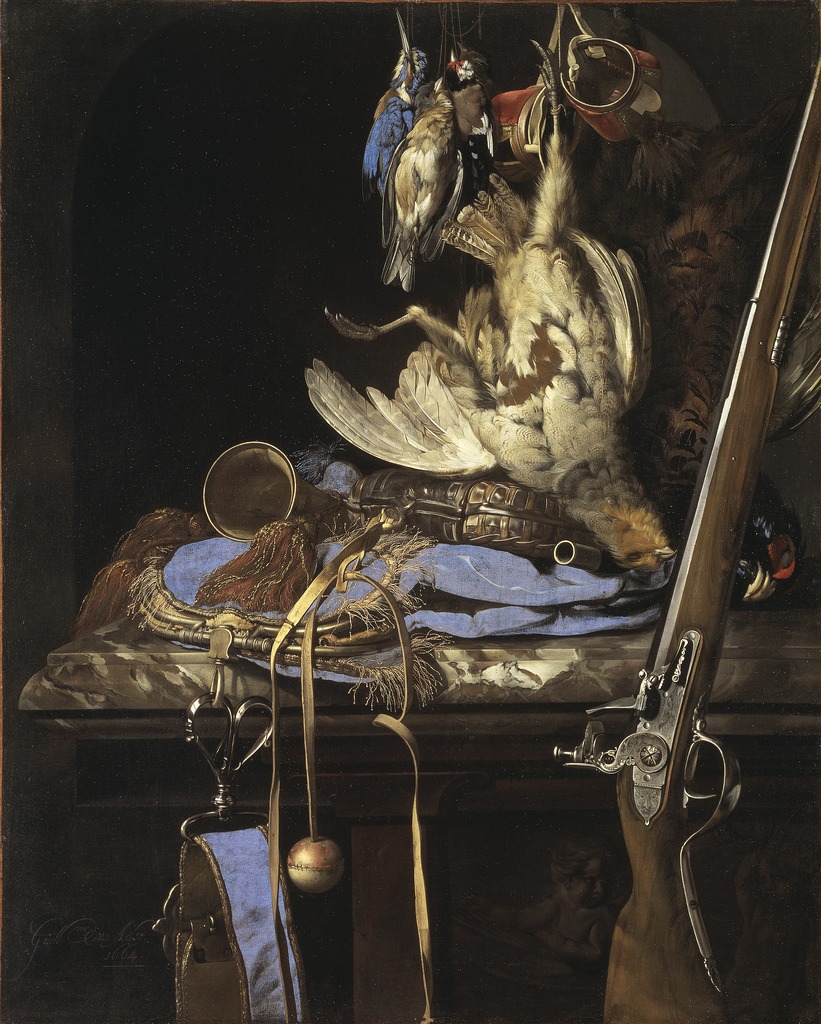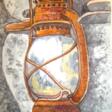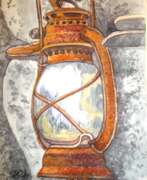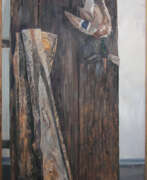Hunting Still Life

Hunting Still Life
Hunting Still Life is a fascinating genre within art history, particularly revered during the Baroque period for its rich, detailed, and often symbolic representations of game and the accoutrements of the hunt. Originating as part of the broader still life tradition in the Netherlands during the Dutch Golden Age, this genre features compositions of hunted game such as birds, deer, and other animals, often accompanied by hunting gear like rifles and traps. Artists like Jan Weenix and Willem van Aelst were masters of this style, using intricate details and textures to bring these scenes to life.
The genre not only celebrates the beauty and skill of the hunt but also serves as a status symbol, reflecting the wealth and aristocratic tastes of its patrons. These works often included elements that emphasized the luxurious lifestyles of their owners, such as exotic fruits and imported goods, showcasing the painters' ability to render materials and textures with striking realism.
Museums around the world, including prominent ones like the National Gallery of Art and the Metropolitan Museum of Art, house significant collections of these works. They offer viewers a glimpse into the past luxuries and the skilled craftsmanship of artists who excelled in Hunting Still Life paintings.
If you are passionate about collecting or studying historical artworks, especially within this unique genre, consider signing up for updates. You'll receive alerts on new product sales and auction events related to Hunting Still Life, ensuring you never miss an opportunity to enrich your collection.
| Country: | Europe, The Netherlands, Western Europe |
|---|---|
| Start of the period: | XVII century |


